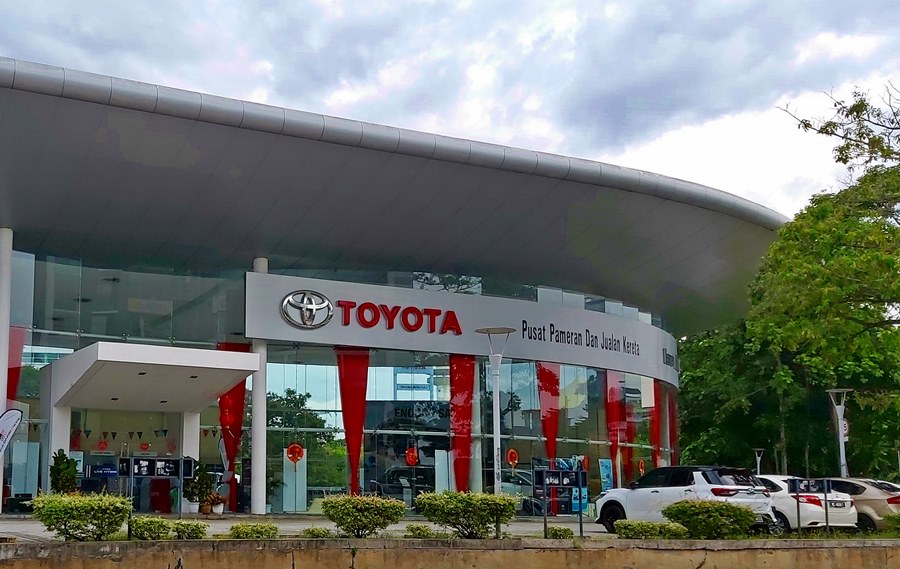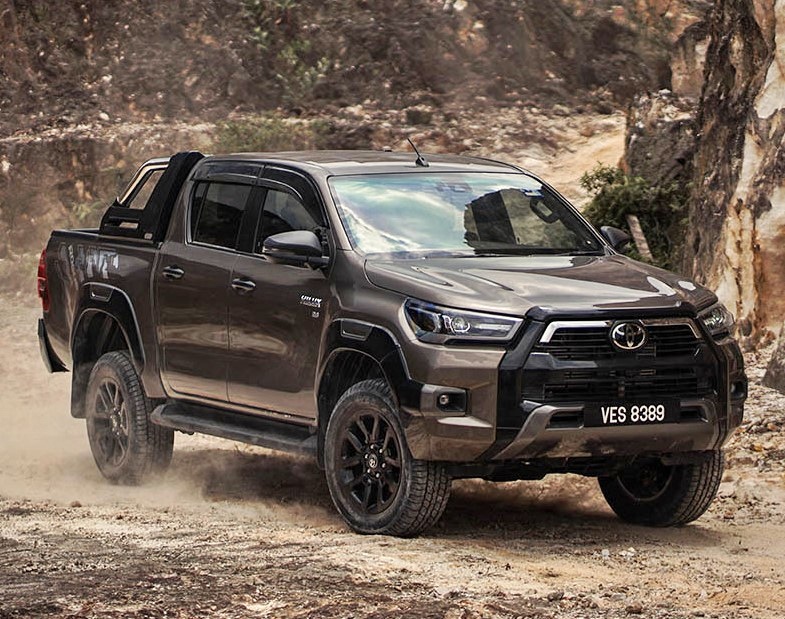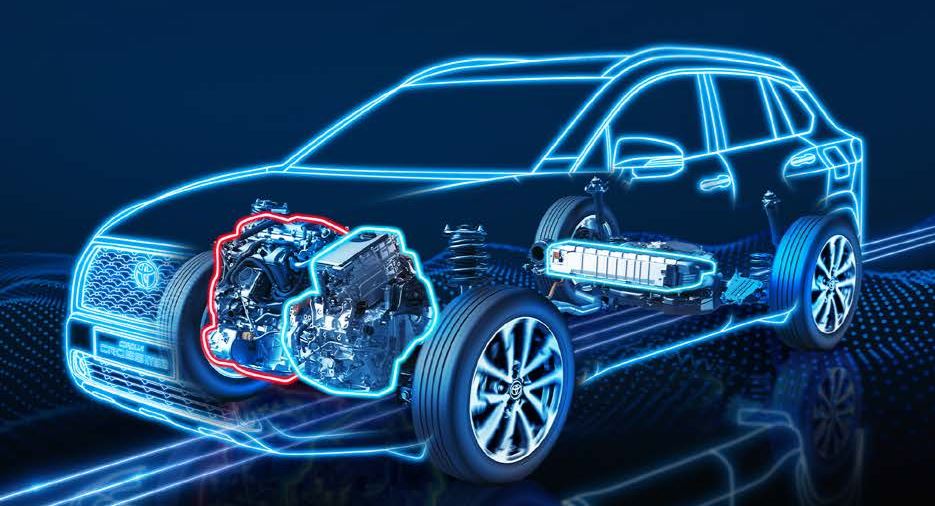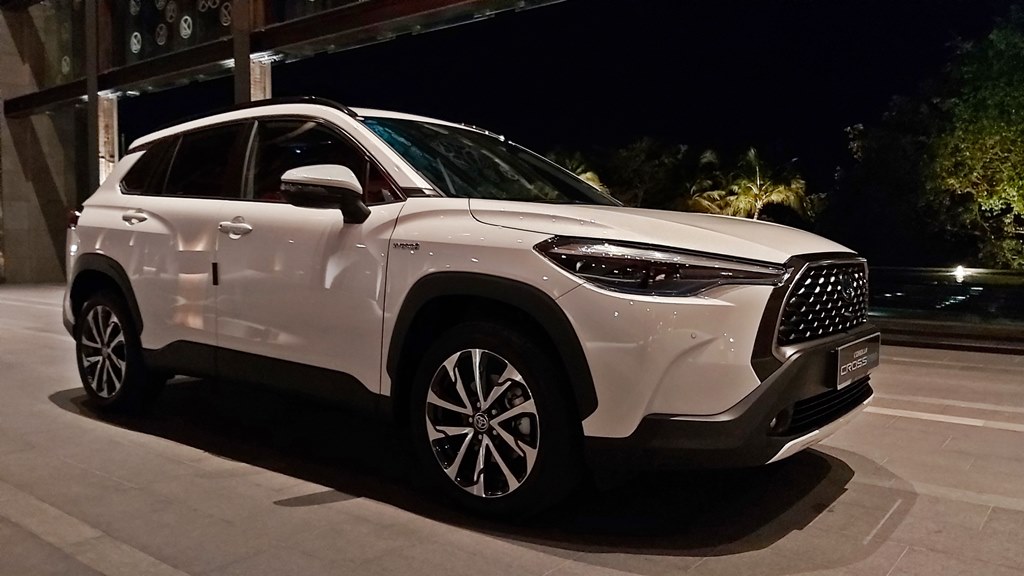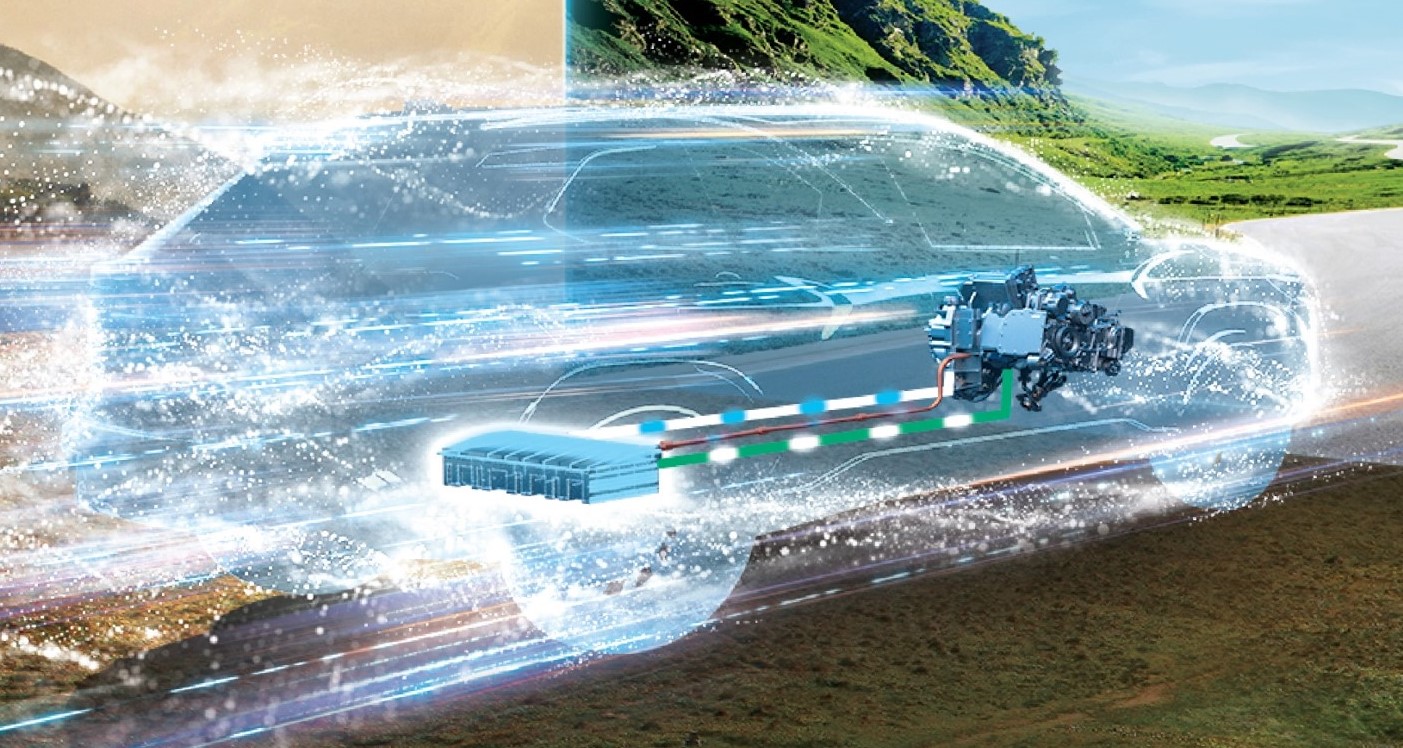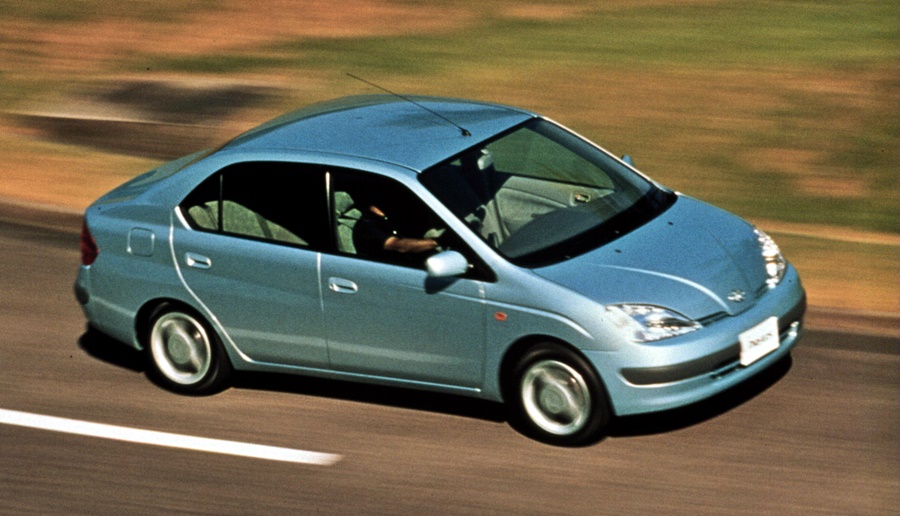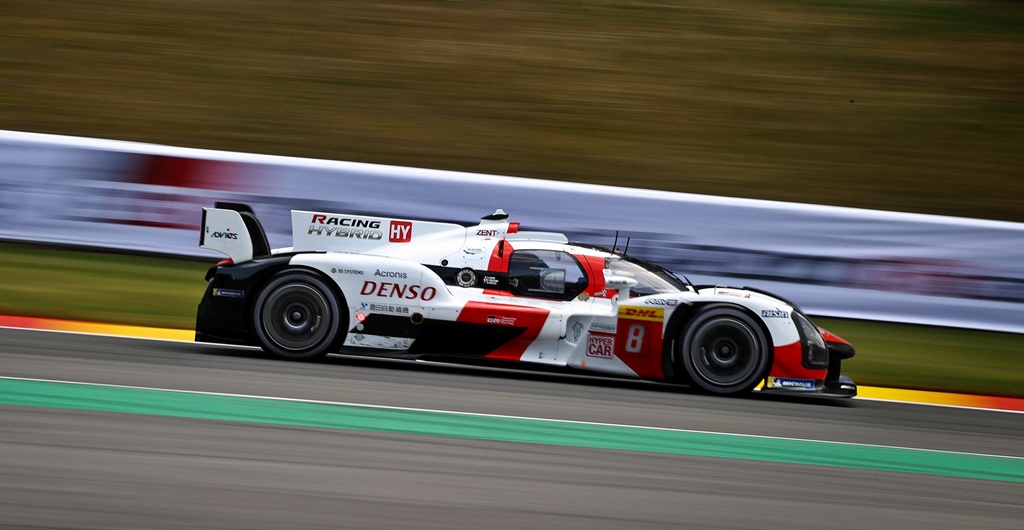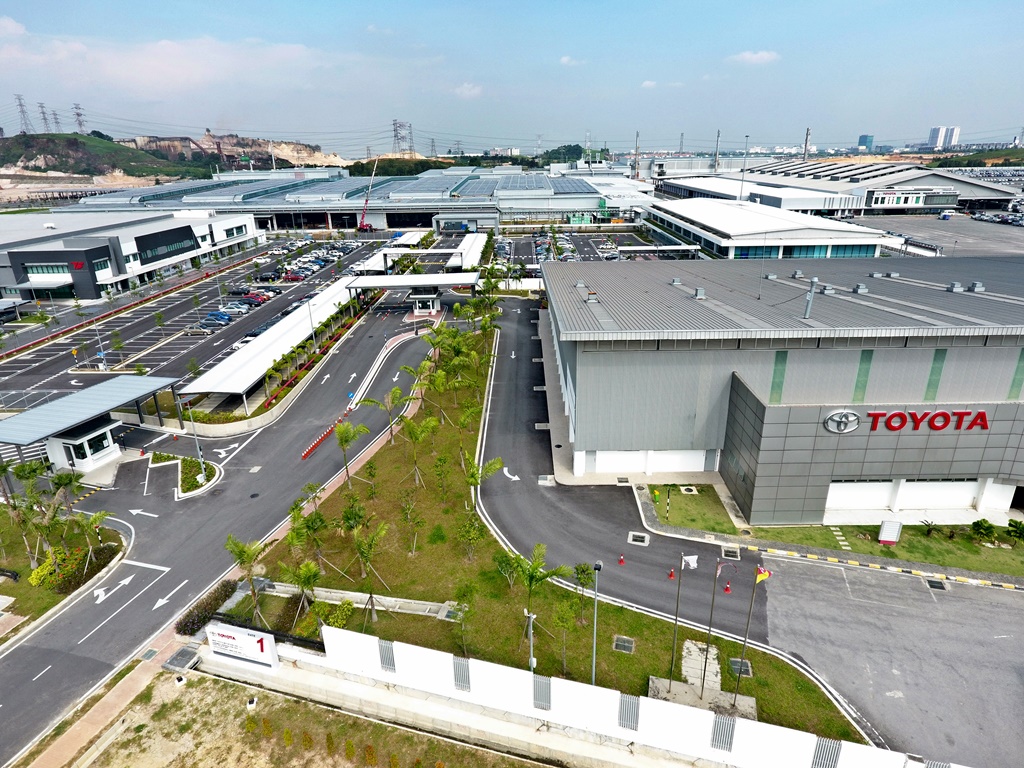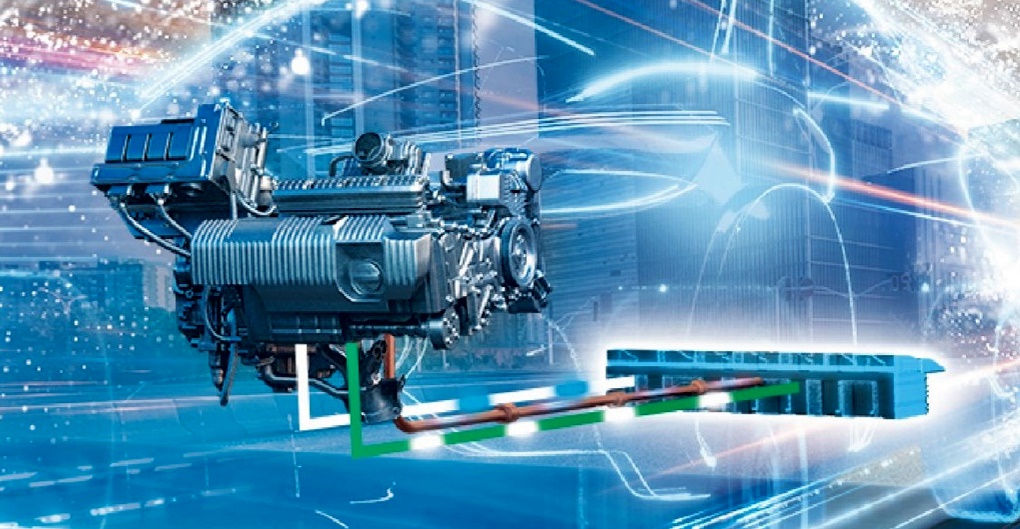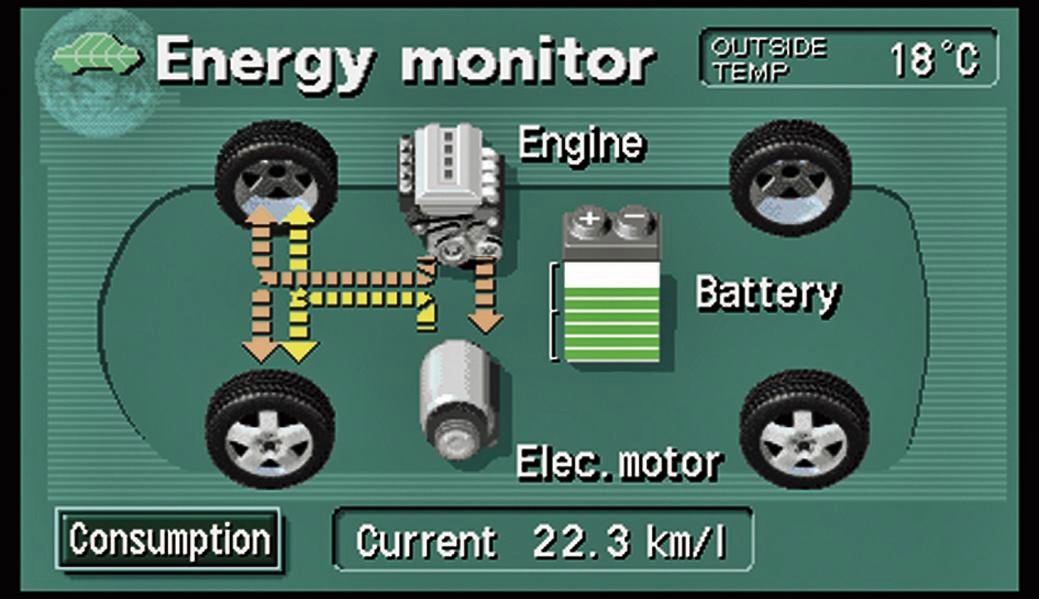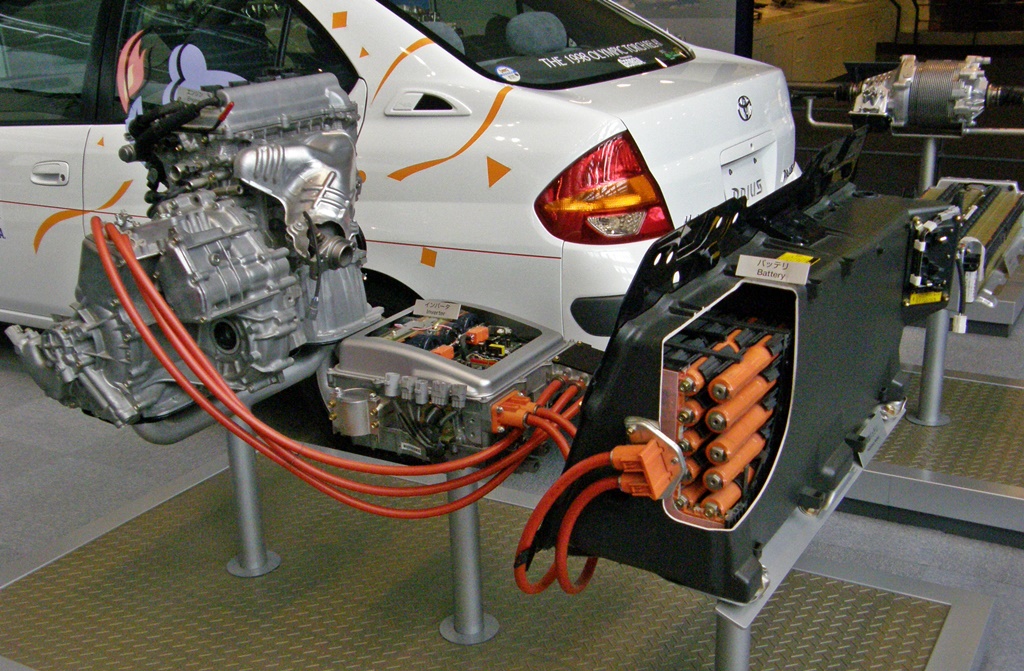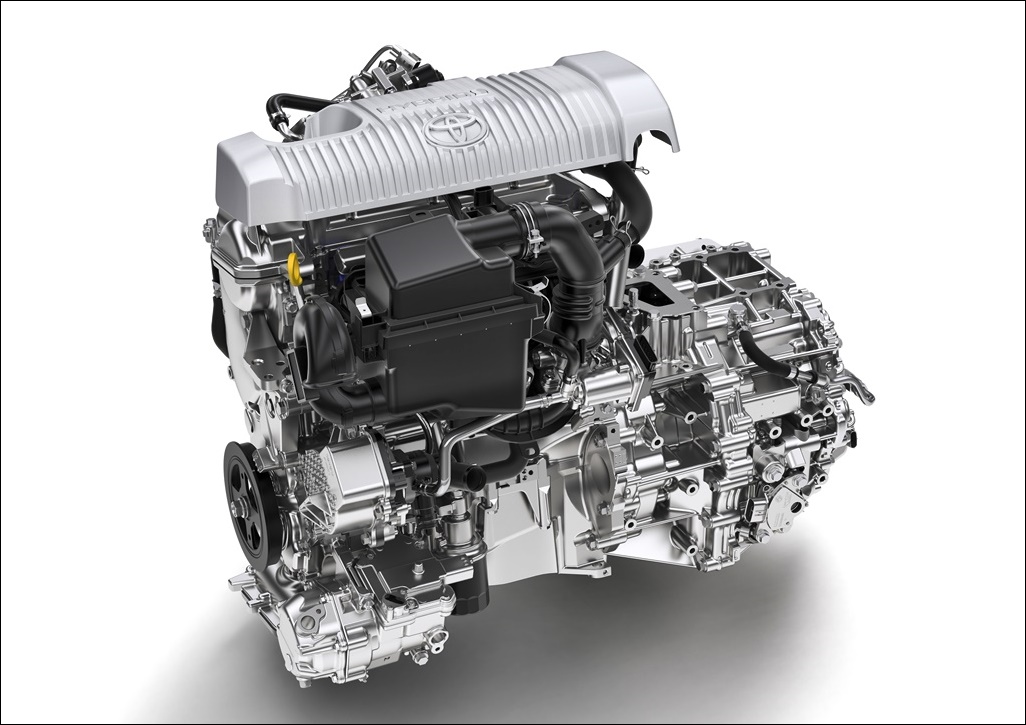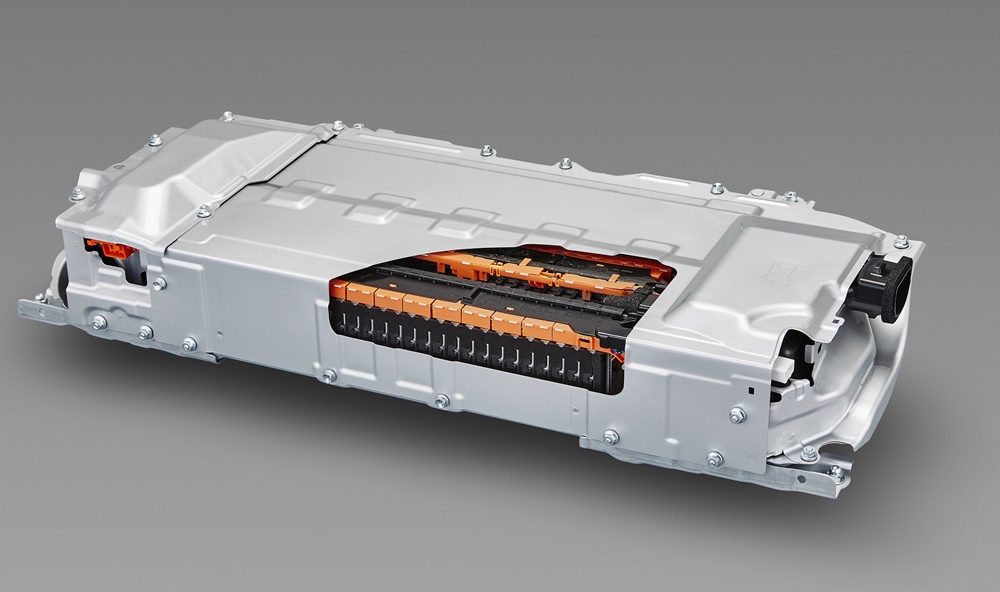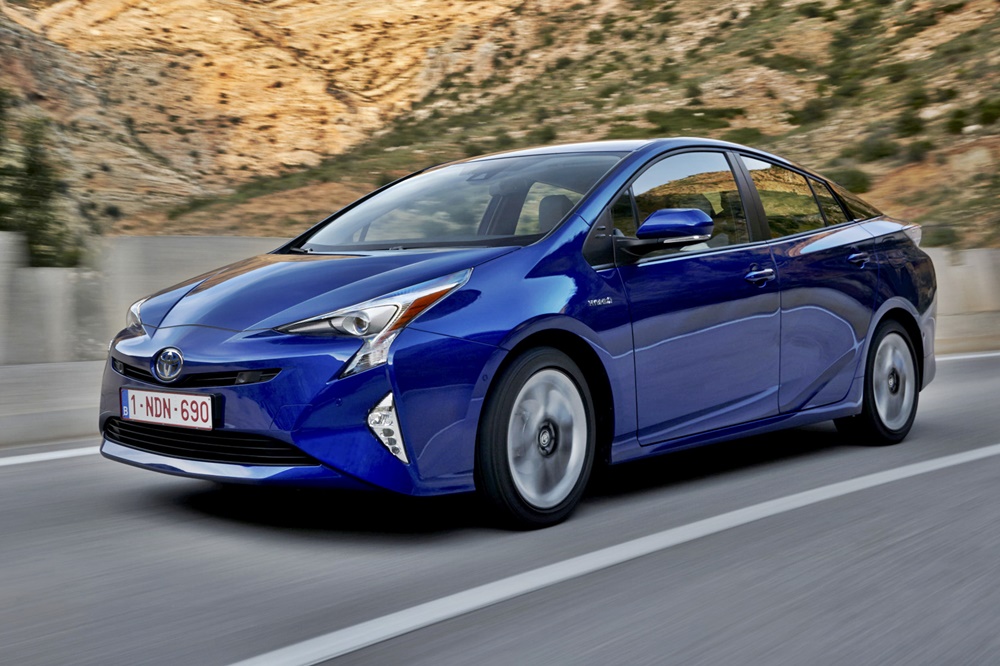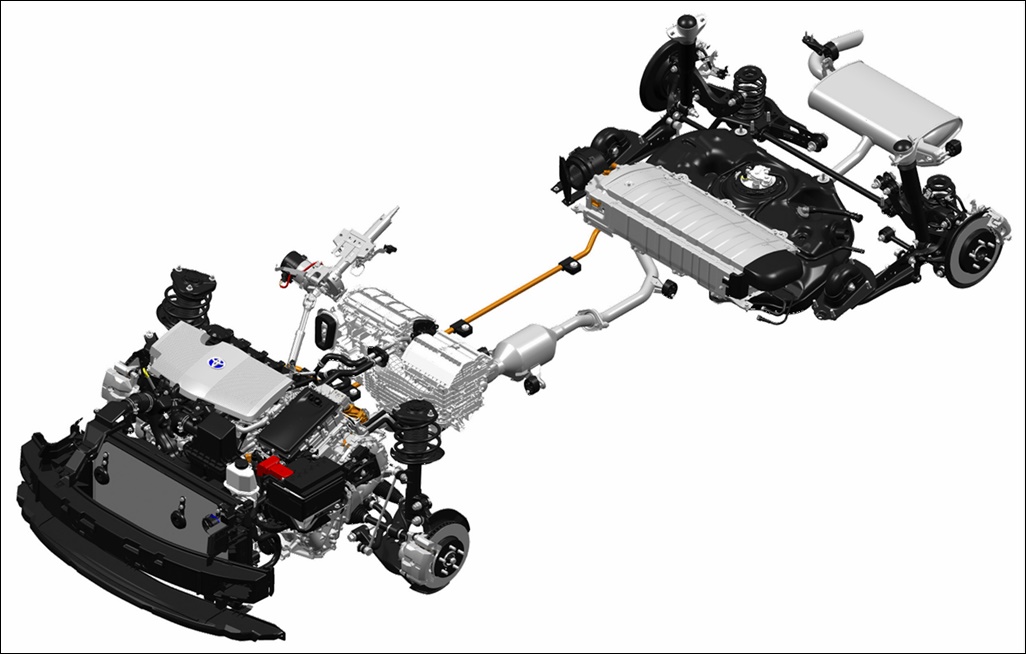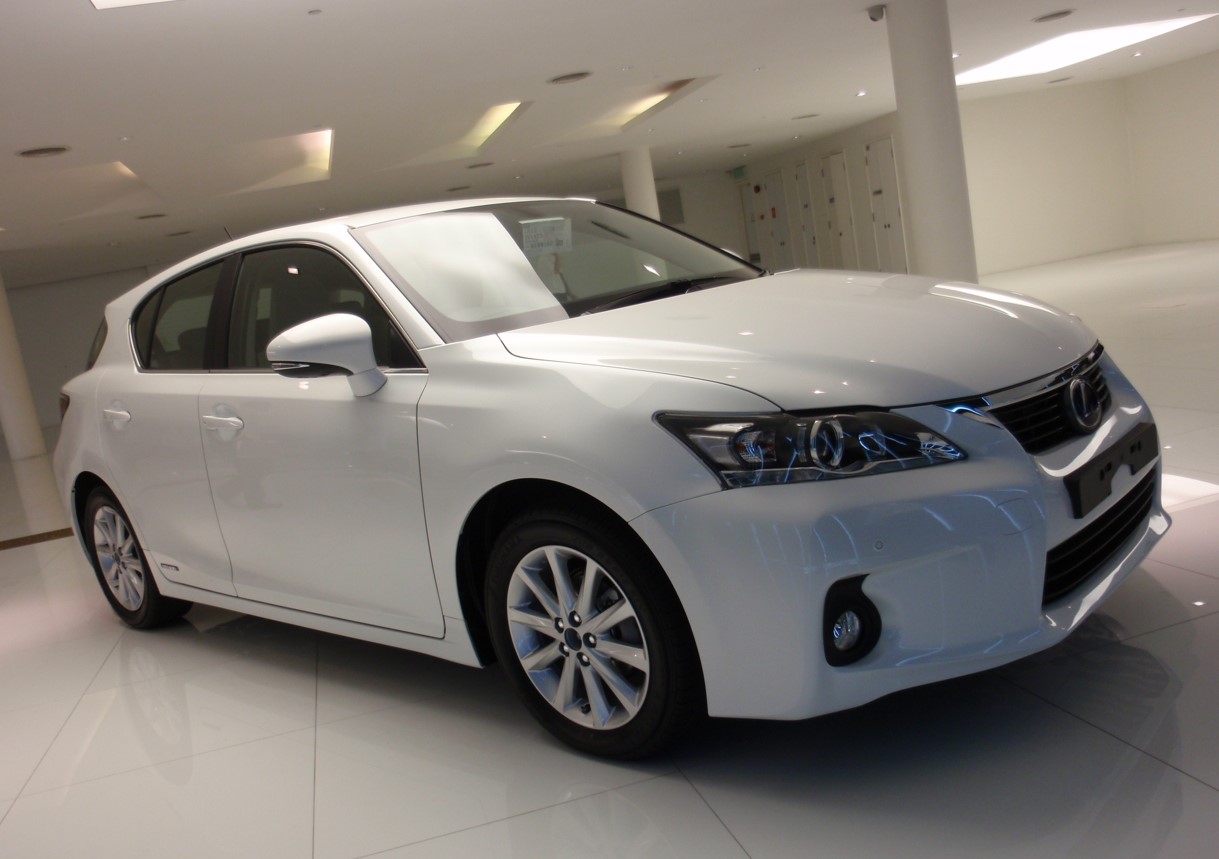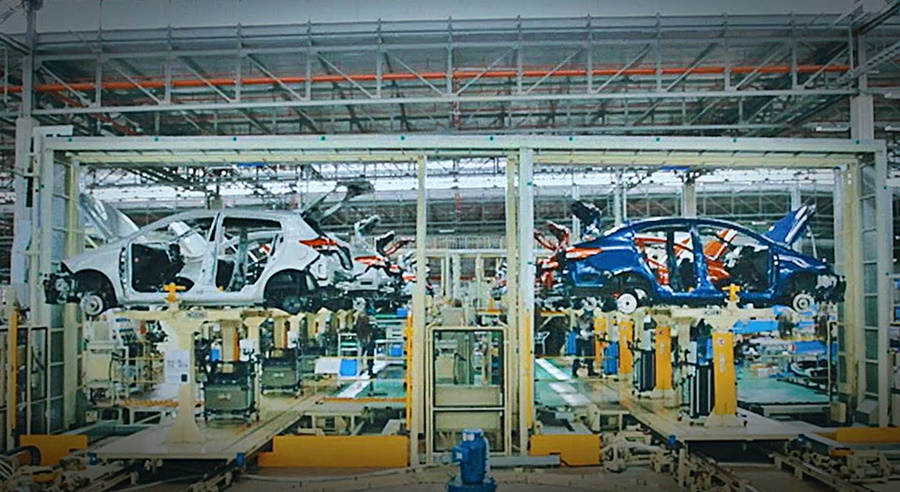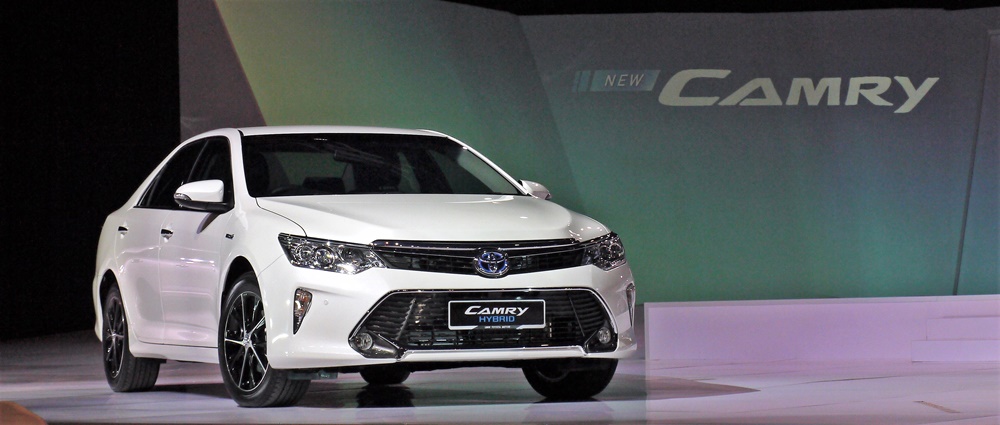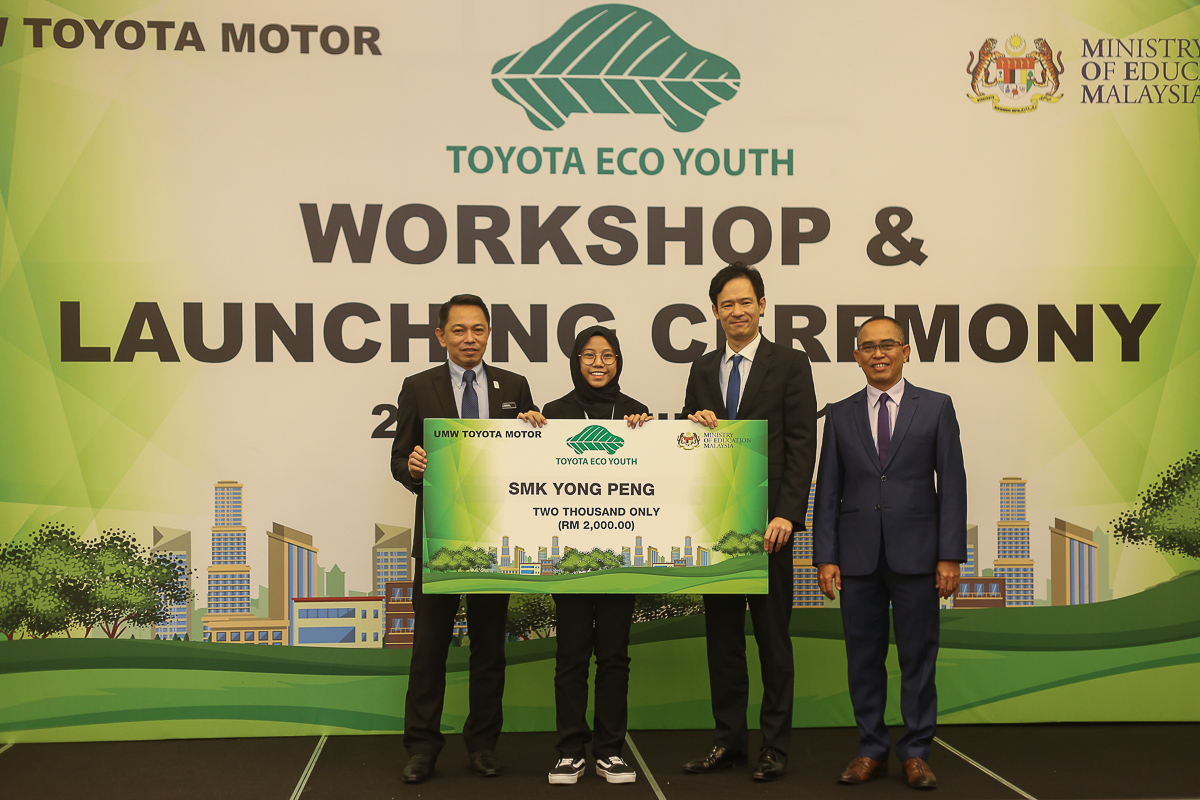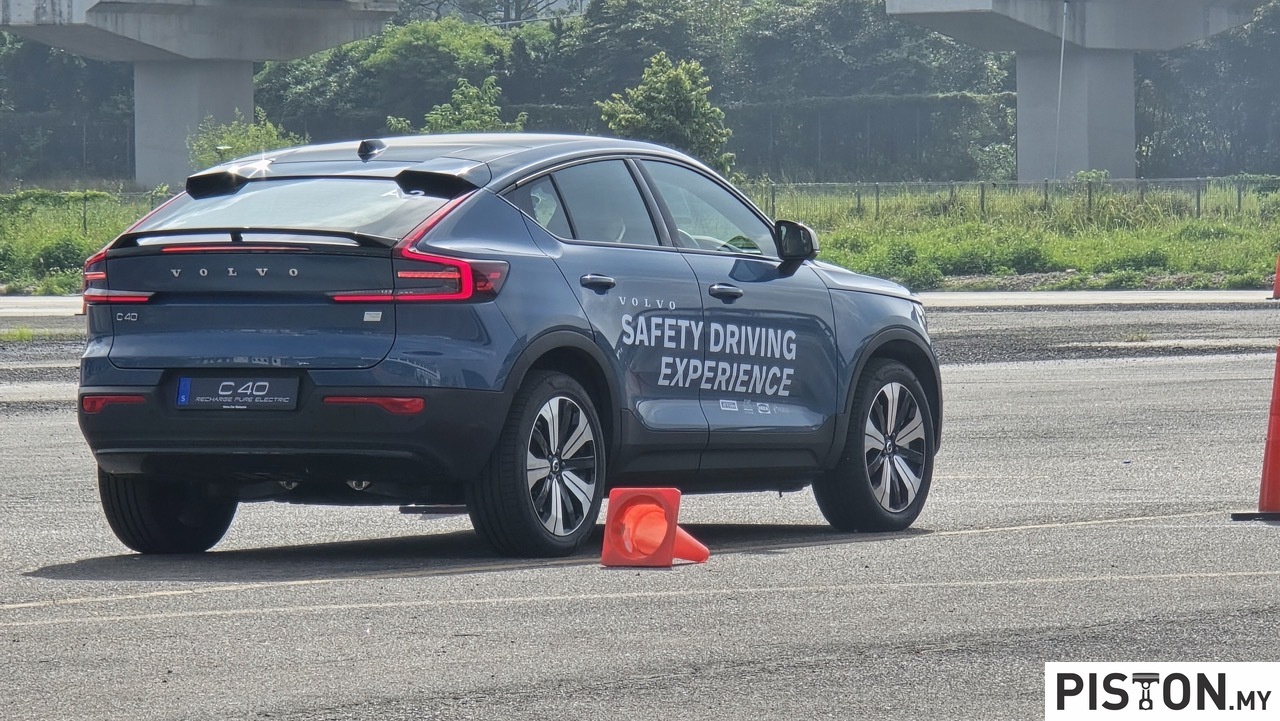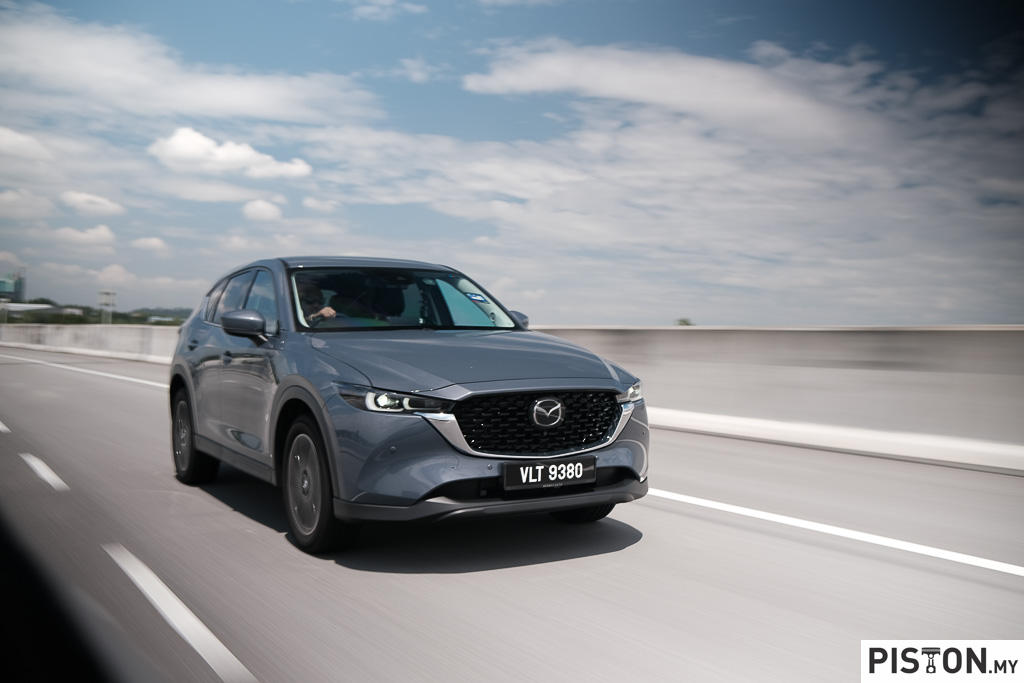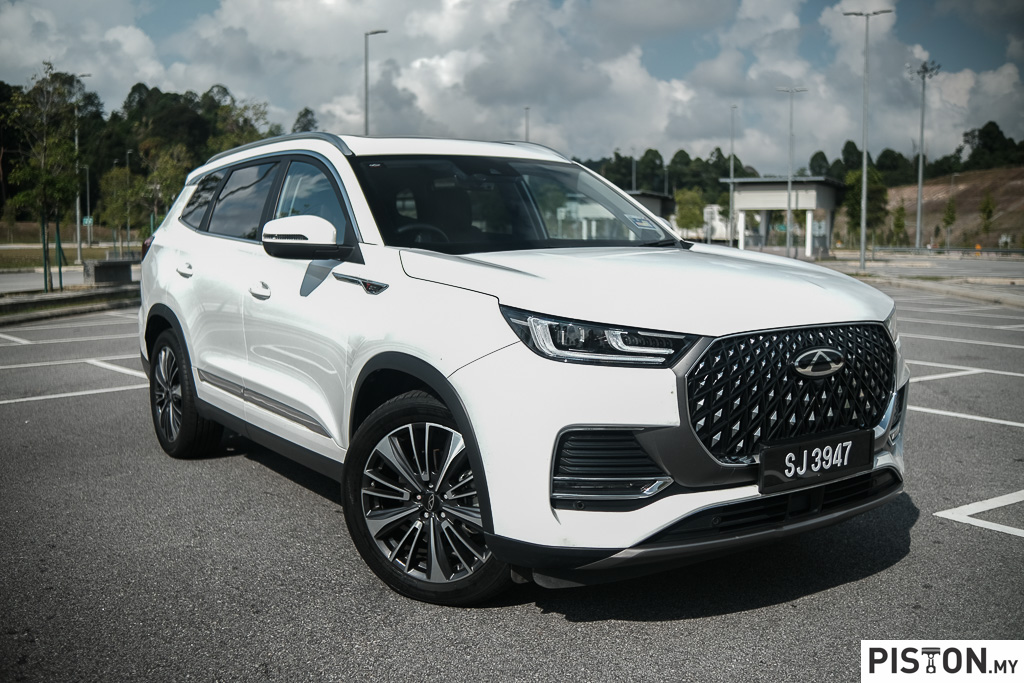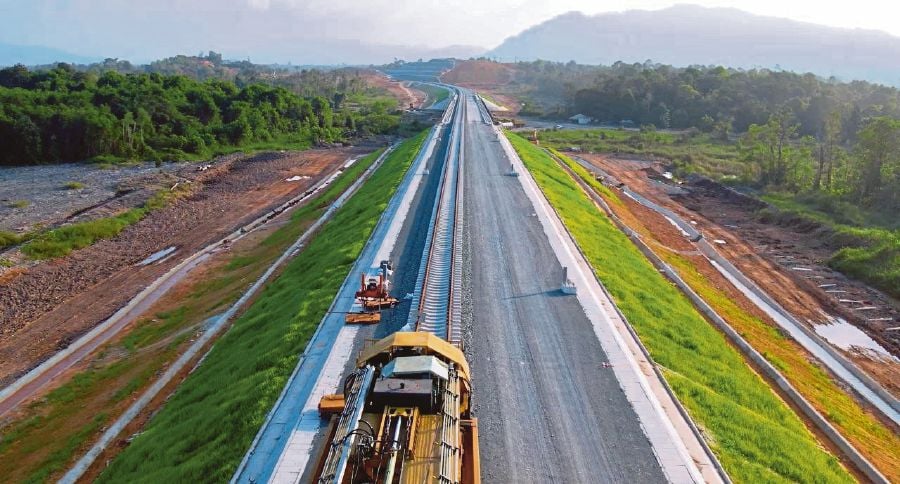Toyota, which last year reclaimed its position as the No. 1 non-national brand after 6 years, started 2022 on a strong note with a total sales volume of 7,528 units (including Lexus models). This was a 96% increase compared to the 3.845 units that were reported in the same month last year.
The Vios remained as UMW Toyota Motor’s bestselling model, accounting for 28% of the total sales volume, while the Hilux accounted for 38% of sales and has been the country’s bestselling pick-up truck for 15 years.
Strong sales helped by promotions
The strong sales numbers have been helped by ongoing promotions such as the ‘Stay Ahead’ campaign which gives buyers savings up to RM4,500. The promotion offers the Vios at monthly instalments from RM540 with 100% sales tax savings of RM2,216. For the sportier Yaris hatchback, customers can own one with H-P loans that have instalments from RM493, plus additional RM2,192 in sales tax savings.

“We are thankful for the government’s decision to extend the Sales and Service Tax (SST) exemption incentives for passenger vehicles until June 30, 2022. This has greatly helped automotive players like us to recover from the impact of the pandemic during the last two years. We also encourage Toyota fans to take advantage of the extended tax exemption to purchase their dream car, coupled with the value-for-money deals UMW Toyota Motor is offering such as the ongoing ‘Stay Ahead’ sales campaign to enjoy the best savings during this period,” said Ravindran K, President of UMW Toyota Motor.
Locally-assembled Toyota hybrid electric vehicles
In support of Toyota’s global agenda to achieve carbon neutrality by 2050, as well as similar objectives by the Malaysian government, UMW Toyota Motor will assemble models with hybrid electric vehicle technology. This has started with the Corolla Cross Hybrid which was launched last month which is seeing growing demand
According to Mr. Ravindran, since it was made available for booking in October last year, the Corolla Cross Hybrid has met with positive response, accounting for more than 40% of the total sales of the Corolla Cross crossover SUV. “This shows that Malaysians are in support of environmental sustainability and are taking their first step towards going green through hybrid electric vehicles. We urge our customers to place their bookings early in order to avoid missing out on the SST exemption for better savings,” he added.
While the Corolla Cross Hybrid (above), priced from RM136,550 (without insurance), has the typical high quality and durability that has made the Toyota brand so popular worldwide, UMW Toyota Motor also offers a 5-year warranty with unlimited mileage. More importantly, for the owner’s peace of mind, the hybrid battery pack has a separate which covers replacement of the hybrid battery pack, inverter and Power Management Control Unit if defective during the first 8 years of ownership (with no limit on mileage). Customers can also extend this warranty by 2 years at the time of purchase.
Being a good Corporate Citizen
In addition to the positive sales results, January also saw the company doing its part at a good corporate citizen to help Malaysians affected by the floods. Partnered with Yayasan Raja Muda Selangor through its ‘Back On Your Feet’ programme, the company contributed RM10,000 to Sekolah Kebangsaan Sungai Lui for the school’s repairs of its flood-damaged premises. The company also donated essential home appliances to the affected community in Sungai Lui such as rice cookers, kettles and gas stoves.
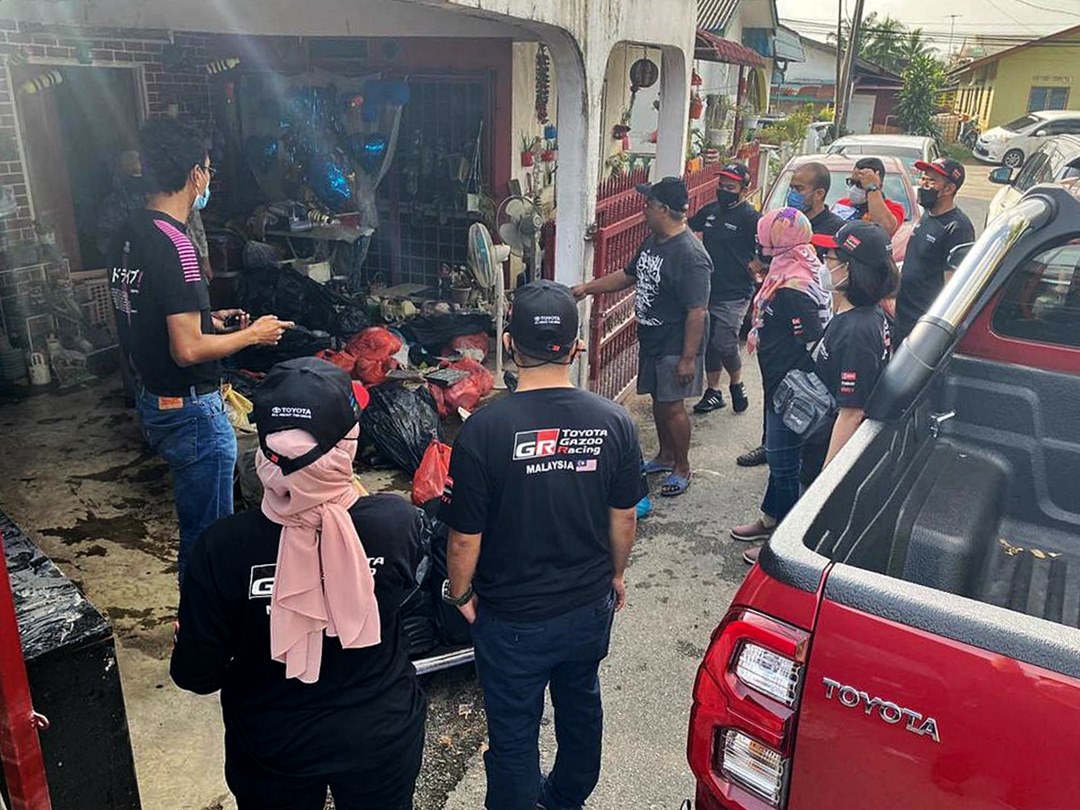
“UMW Toyota Motor endeavours to propel society forward by empowering people beyond the road. We are glad to have been given the opportunity to partner with Yayasan Raja Muda Selangor to give back to the community we operate in and help them get back on their feet during these trying times,” Mr. Ravindran said.
Besides initiating a Toyota Flood Assist Program as an immediate response to help flood victims in December, a flood ‘Command Centre’ was also established at the UMW Toyota Motor headquarters in Shah Alam, Selangor, as part of its broadened initiatives. This will also function as a soup kitchen and relief distribution centre for victims in the event of a similar phenomenon in the future. Additionally, up to 100 parking spaces in the compound will be allocated in such situations for flood victims to park their vehicles safely.
For more information on Toyota products and services in Malaysia, visit www.toyota.com.my.
First impressions of the Toyota Corolla Cross Hybrid (video)


